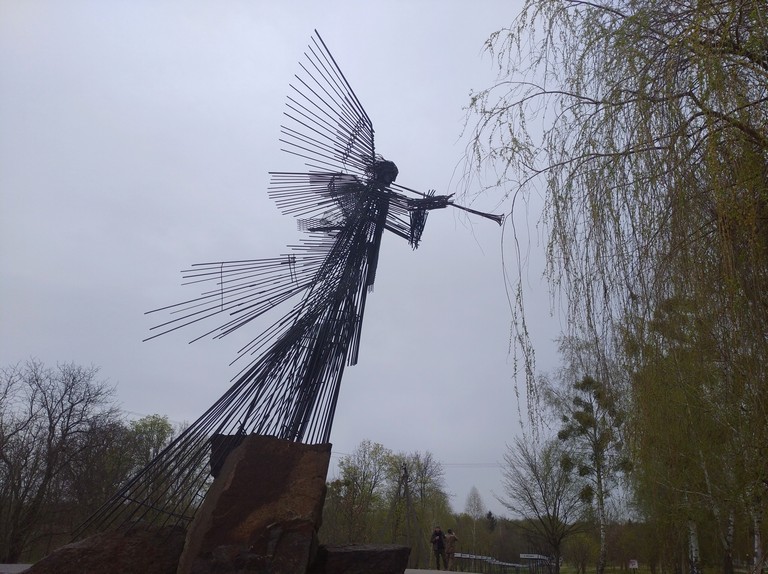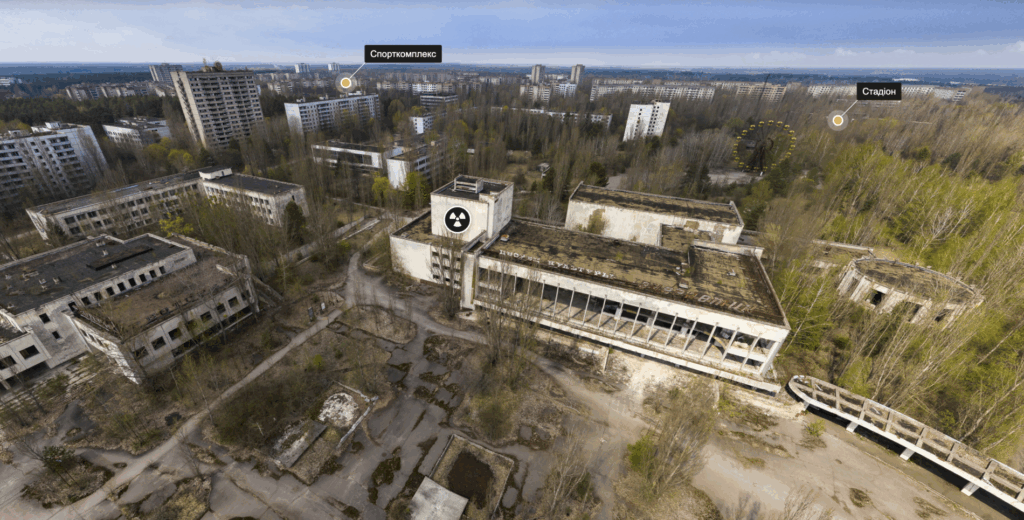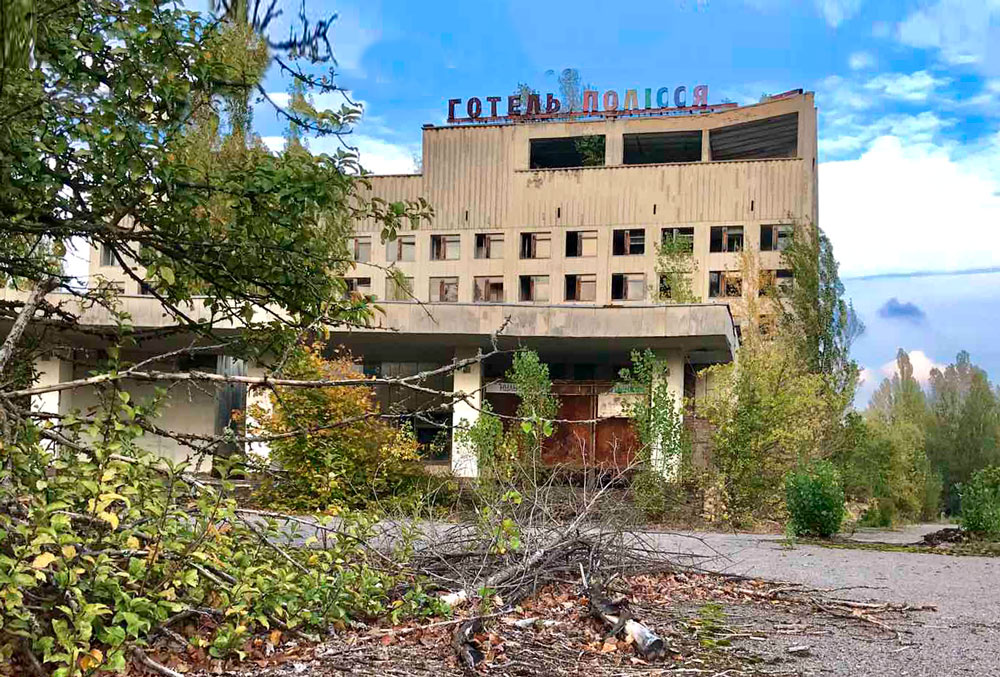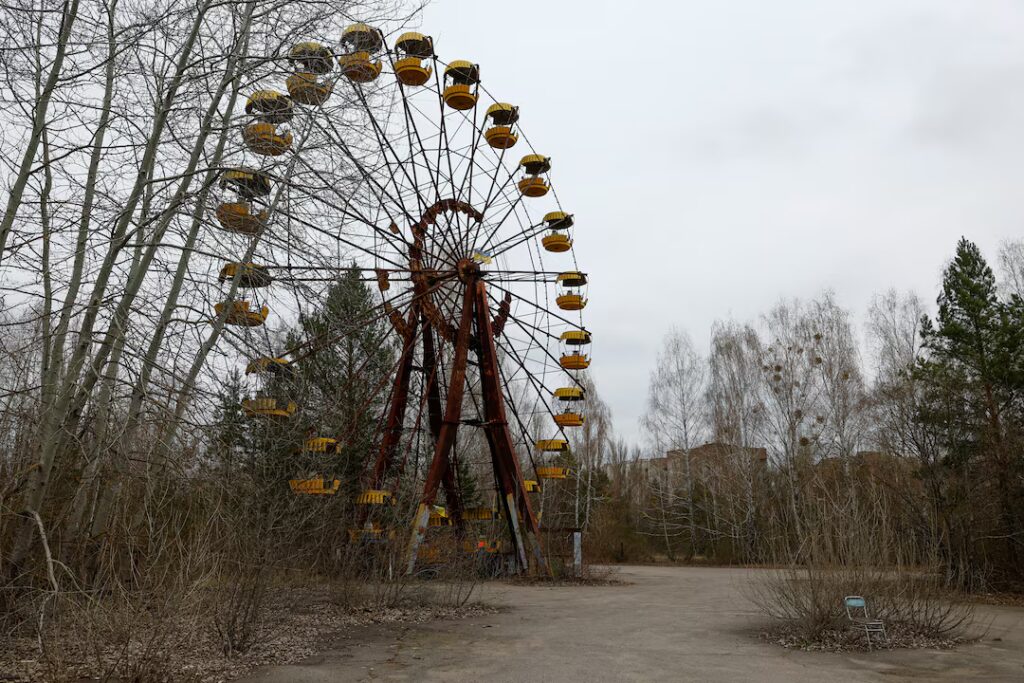On April 26, 1986, a routine safety test at Reactor No. 4 of the Chornobyl Nuclear Power Plant went catastrophically wrong. The explosion that followed released a radioactive cloud that spread across Europe and forever changed our understanding of nuclear risk. The name “Chornobyl”—once just a quiet town in northern Ukraine—became synonymous with disaster.
Today, nearly four decades later, that same name draws a different kind of attention. Chornobyl has become a focal point for dark tourism—a growing travel trend centered on sites associated with death, tragedy, and the macabre. Visitors from around the world now venture into the Exclusion Zone not just to bear witness, but to experience a profound, if eerie, slice of history firsthand.
Entering the Zone

Getting to the Chornobyl Exclusion Zone requires a special permit and a journey north of Kyiv, Ukraine’s capital. As you pass through military checkpoints and radiation scanners, there’s an unsettling shift in atmosphere. Time seems to slow. Trees grow through buildings. Asphalt cracks beneath the weight of nature reclaiming its place.
Most tours begin in the ghost city of Pripyat, just three kilometers from the reactor. Once a model Soviet town with a population of nearly 50,000, Pripyat was evacuated within 36 hours of the accident. Today, it stands frozen in time—apartment buildings filled with peeling wallpaper, children’s toys scattered on classroom floors, the eerie silhouette of the Ferris wheel in the central amusement park, rusting silently against the sky.
What draws people here is not simple voyeurism. It’s the silence. The emptiness. The chance to walk through a once-vibrant city now suspended in decay. It’s history, unedited and uncurated.
The Allure of Abandonment

The term “dark tourism” might suggest morbid curiosity, but for many visitors, it’s about reflection. Chornobyl is not just a disaster site—it’s a living museum of human ambition, error, and resilience.
The allure is layered. There’s the post-apocalyptic aesthetic of overgrown structures and industrial relics. There’s the scientific fascination with radiation and its lingering effects. And there’s the deeply human story: the engineers who tried to contain the meltdown, the citizens displaced forever, the haunting reminder of a government slow to admit catastrophe.
In a world driven by digital immediacy, walking through Chornobyl feels analogue, physical, raw. It is, in the truest sense, immersive.
Radiation and Reality
A common concern among would-be visitors is safety. The idea of entering a radioactive zone conjures images of glowing green hazards and Geiger counters ticking into frenzy. But the reality is more nuanced. Radiation levels within the tourist-accessible areas of the Exclusion Zone are monitored and considered low enough for short visits. In fact, a round-trip tour often results in less radiation exposure than a long-haul flight.
Visitors are instructed to avoid touching surfaces, sitting on the ground, or disturbing debris—simple precautions that add to the ritual of respect and awareness. It’s not just about safety; it’s about maintaining the integrity of a site that still, quite literally, hums with history.
Ethical Questions and Echoes

Yet dark tourism to Chornobyl isn’t without controversy. Some critics argue that such visits risk trivializing tragedy, turning sites of suffering into backdrops for Instagram posts. The infamous trend of “disaster selfies” sparked outrage after the HBO miniseries Chornobyl brought renewed attention to the site.
Others point out that tourism can blur the line between education and exploitation. Should a place of trauma be marketed for entertainment, however respectfully? Does visiting Chornobyl honor its history, or commodify it?
These are important questions, and they don’t come with easy answers. But many tour operators and guides work hard to strike a careful balance—emphasizing historical context, encouraging respectful behavior, and making space for silence and reflection.
For many visitors, the experience is deeply emotional. They come away not with snapshots, but with stories. With a new understanding of the cost of technological failure, and a deepened appreciation for the fragility of life and society.
Lessons in Ruins
Walking through Chornobyl is to witness a moment caught in amber. Soviet propaganda posters still hang on crumbling walls. Gas masks litter the floors of abandoned schools. Nature grows wild where civilization once reigned. It’s not just a relic of the past—it’s a warning to the future.
The site also tells a story of resilience. In recent years, scientists, artists, and even some former residents have returned to parts of the Zone. The Chornobyl sarcophagus—initially built to contain radioactive materials—has been replaced by a massive steel structure called the New Safe Confinement, one of the most advanced engineering feats of the 21st century.
These efforts reflect not just survival, but evolution. They hint at what it means to confront catastrophe head-on, to learn from it, and to move forward—scarred, but wiser.
Final Reflections
Dark tourism is often misunderstood. But at its best, it is not about thrill-seeking—it’s about truth-seeking. And in Chornobyl, truth hangs heavy in the air, in the trees, in the empty rooms of Pripyat. It asks visitors to sit with discomfort, to bear witness, and to remember.
In a world that so often rushes to forget, Chornobyl remains—a hushed echo of the Atomic Age, and a solemn invitation to reflect on the power we wield, and the responsibility that comes with it.
